November has arrived, and Japan’s autumn leaves are bursting into colours. I hope you’re thriving—perhaps deep in a kanji review or enjoying a lively conversation practice!
Today, let’s tackle a question that’s more relevant than ever in our tech-saturated world: Why master Japanese when AI can translate in seconds?
The answer lies in the irreplaceable magic of expressing yourself—in your own words. Let’s explore why human-powered learning still wins digital shortcuts, and how it can finally shatter that stubborn fluency plateau.
The Digital Dilemma: Convenience vs. True Connection
Apps like Google Translate or DeepL are lifesavers in a pinch—decoding an izakaya menu or drafting a quick email. But they come at a cost: they strip away nuance, cultural depth, and the you in your message.
AI might render “I’m excited” as ワクワクしています (wakuwaku shiteimasu), but it can’t convey the sparkle in your voice when sharing a personal story. True language learning isn’t about perfect translation—it’s about building real connections.
Research backs this up: bilingualism boosts cognitive flexibility, empathy, and career prospects in ways no algorithm can match. For intermediate and advanced learners, ditching the crutch of tech unlocks the authenticity that defines fluency.
The Magic of Speaking in Your Own Words
Nothing compares to articulating your thoughts in Japanese without a safety net.
Picture this: chatting with a native speaker about your favourite anime or a recent trip. Your own words spark “aha” moments—misunderstandings that dissolve into laughter, insights that build real bonds. This is where plateaus break. Fluency isn’t memorised vocab; it’s the confidence to improvise, to say what you mean, and to be understood as you.
Here are three natural phrases to start using today:
- 自分の言葉で説明してみて (Jibun no kotoba de setsumei shite mite) “Try explaining it in your own words.”Perfect for language exchanges—pushes you beyond scripts and into real spontaneity.
- 心からそう思う (Kokoro kara sou omou) “I truly feel that way from the heart.”Adds emotional weight to opinions on culture, food, or life—shows you’re not just translating, you’re feeling.
- 一言で言うと (Hitokoto de iu to) “In one word, it’s…”A concise, impressive way to summarise in meetings or casual chats. Follow with your own twist!
Reclaim Your Language Journey
Why keep pushing in the age of AI? Because the struggle—with grammar, idioms, intonation—sharpens your mind and unlocks experiences no app can replicate.
It’s the thrill of nailing a keigo exchange in a formal setting.
It’s the warmth of bonding over “oishii!” at a local izakaya.
It’s your story, humour, and essence—things no algorithm can copy.
Stuck on the plateau? Try this:
Set a “no-tech” challenge—15 minutes of Japanese conversation daily, no apps allowed. Watch your confidence soar!
Final Thoughts…
I’d love to hear from you! Reply to this newsletter with a phrase you’ve used in your own words. Let’s keep the conversation going—in Japanese, if you dare!



コメント